Contents
- What is NPK and how to read the composition of fertilizers for hemp
- The role of micronutrients for hemp
- How to choose and use fertilizers for hemp
What is NPK and how to read the composition of fertilizers for hemp
Any fertilizer for hemp has three numbers on the package—NPK. These reflect the content of macronutrients necessary for the plant's full growth:
- N (nitrogen) is the main building block for green mass. Nitrogen fertilizers for hemp stimulate the growth of leaves and stems, making them stronger and more resilient. They are especially important during the vegetation stage, when plants are actively growing foliage.
- P (phosphorus) is a key component for root system development and bud formation. Phosphorus fertilizers for hemp support flowering and the formation of dense buds, as well as increase the plant's energy metabolism.
- K (potassium) is an element responsible for stress resistance, crop quality, and bud aroma. Potassium fertilizers for cannabis help plants resist disease and improve the taste of the finished crop.
When choosing fertilizers, it is important not only to look at the NPK numbers, but also to consider the form of application:
- Organic fertilizers for hemp contain natural ingredients, improve soil structure, and act gradually, providing long-lasting nutrition.
- Mineral fertilizers for hemp give quick results, are easy to dose, and more accurately replenish nutrient deficiencies.
- Balanced fertilizers for hemp contain equal amounts of NPK and are suitable for different stages of growth, combining the benefits of nitrogen, phosphorus, and potassium.
It is also worth paying attention to slow-release fertilizers for hemp and coated fertilizers for hemp, which gradually release nutrients and reduce the risk of overdose.
Understanding these figures and the characteristics of different types of fertilizers allows beginners and experienced growers to choose the right compositions and feed their plants as effectively as possible at every stage of growth.
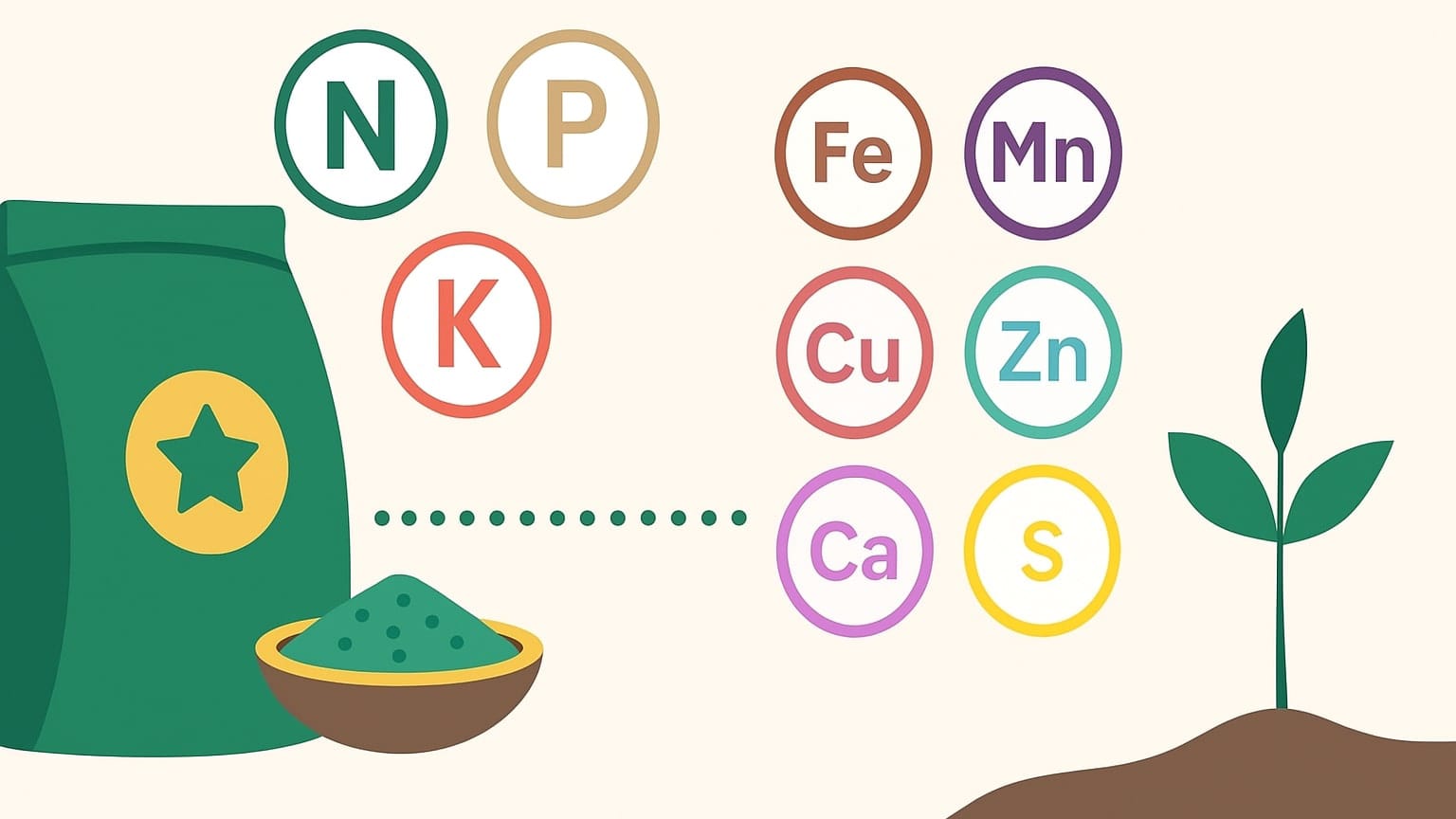
The role of micronutrients for hemp
In addition to NPK, cannabis plants need micronutrients, which are essential for proper metabolism, health, and high-quality yields. A deficiency of these elements can slow growth, cause yellowing of leaves, and reduce the number of buds.
The main micronutrients for cannabis include:
- Calcium (Ca) – strengthens cell walls, prevents stem breakage, and supports normal leaf growth.
- Magnesium (Mg) – participates in photosynthesis and helps plants absorb nitrogen, improving overall energy and growth.
- Iron (Fe), Zinc (Zn), Manganese (Mn), Boron (B) – support metabolism, promote bud formation, and increase yield.
Mixtures with organic components are often used to fertilize with micronutrients. For example, organic waste can serve as a source of micronutrients and improve soil structure. Such fertilizers gradually release nutrients, stimulating healthy root and stem development.
Modern fertilizers for hemp are often combined:
- Fertilizers with micronutrients for hemp – allow you to accurately correct deficiencies.
- Fertilizers with organic components for hemp – include compost, humus, and organic waste, which increase soil fertility.
- Fertilizers with mineral components for hemp – provide a quick effect and accurate dosing of micronutrients.
The right combination of macro- and micronutrients helps cannabis develop harmoniously and produces a high-quality yield with a rich aroma and high concentration of active substances.
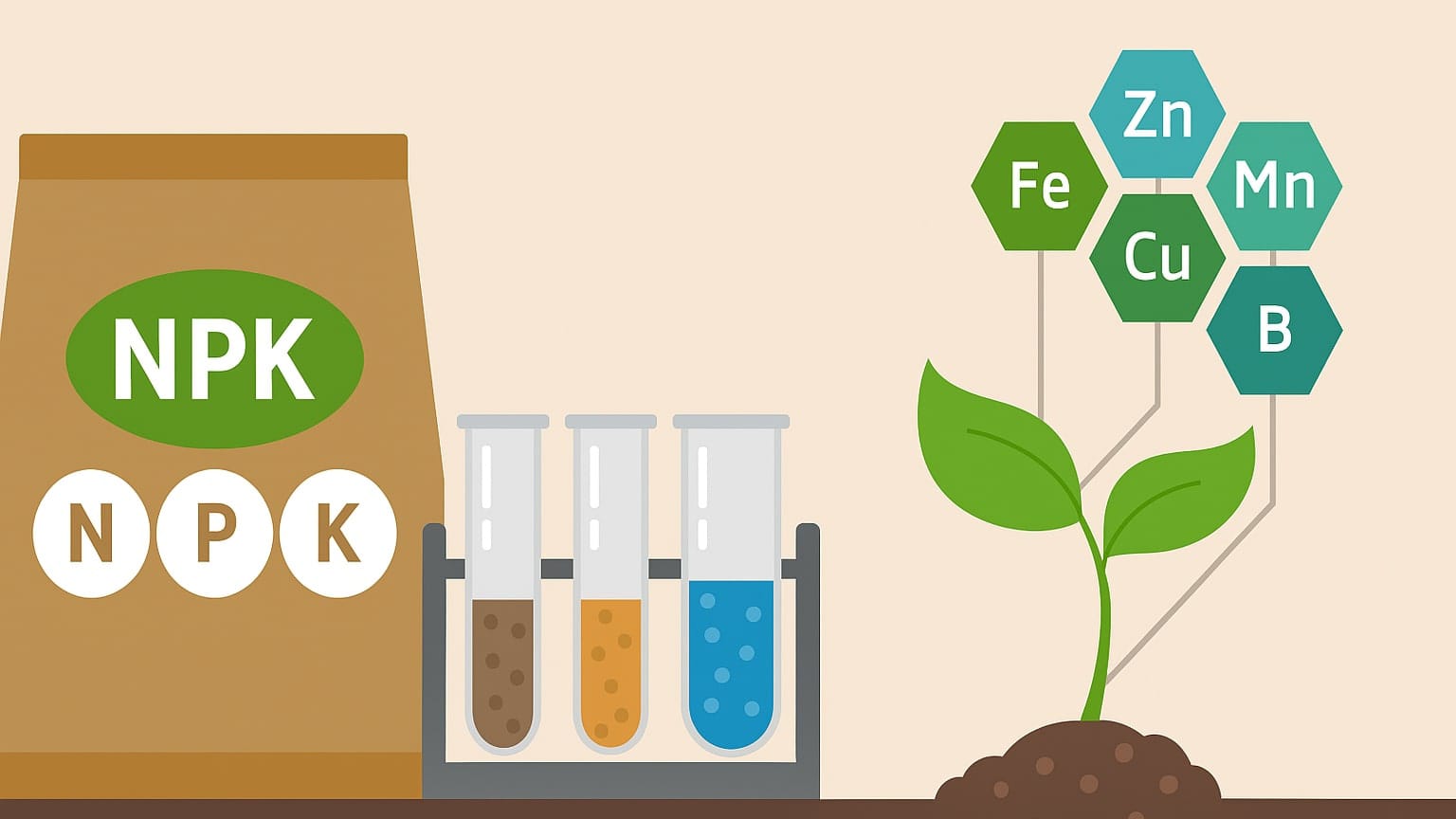
How to choose and use fertilizers for hemp
The right choice of fertilizers and their proper use directly affect plant health and crop quality. It is important to consider the growth stage, type of fertilizer, and composition characteristics. Particular attention should be paid to dosage to avoid negative consequences. How to avoid over-fertilizing? To do this, you need to understand what elements and in what quantities plants need at each stage.
Basic recommendations from experienced growers:
- Plant growth stage – during vegetation, nitrogen fertilizers are mainly used for hemp, stimulating the growth of leaves and stems. Phosphorus and potassium fertilizers are more suitable for flowering, as they strengthen the roots and improve the quality of the buds.
- Fertilizer type – organic fertilizers for hemp are safe and gradually release nutrients, while mineral fertilizers have a rapid effect and allow for precise NPK dosing.
- Special additives – fertilizers with nitrification inhibitors for hemp, with urease inhibitors, with polymer or sulfur coating help reduce nutrient loss and increase the effectiveness of feeding.
| Type of fertilizer | Application stage | Primary purpose | Features |
| Nitrogen fertilizers for hemp | Vegetation | Growth of leaves and stems | Use sparingly to avoid burning the roots. |
| Phosphorus fertilizers for hemp | Flowering | Root and bud development | Used in combination with organic fertilizers |
| Potassium fertilizers for hemp | Vegetation and flowering | Immunity and crop quality | Increase resistance to stress and disease |
| Balanced fertilizers for hemp | Vegetation and flowering | Comprehensive replenishment | Suitable for all stages of growth |
| Fertilizers with micronutrients for hemp | Vegetation and flowering | Deficit correction | Include magnesium, calcium, iron, zinc, and boron |
By following these recommendations and carefully reading the composition of hemp fertilizers, growers can provide plants with all the necessary nutrients and avoid overfeeding, which will preserve health and ensure a high yield.
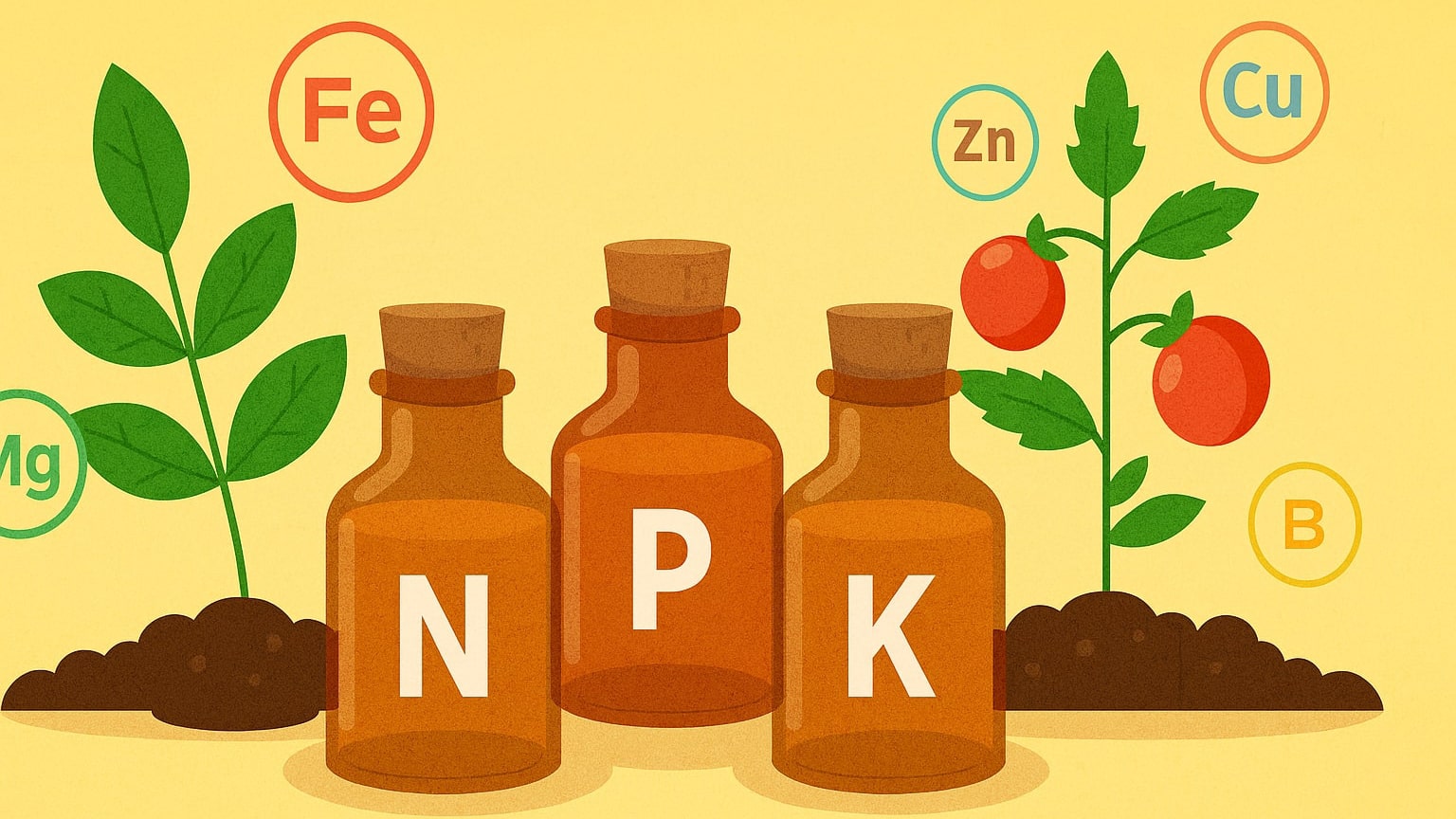
Attention! Errors Seeds does not encourage you to grow cannabis and does not assist in any way with this activity. Growing cannabis is prohibited by Ukrainian law. This article is for scientific and informational purposes only.
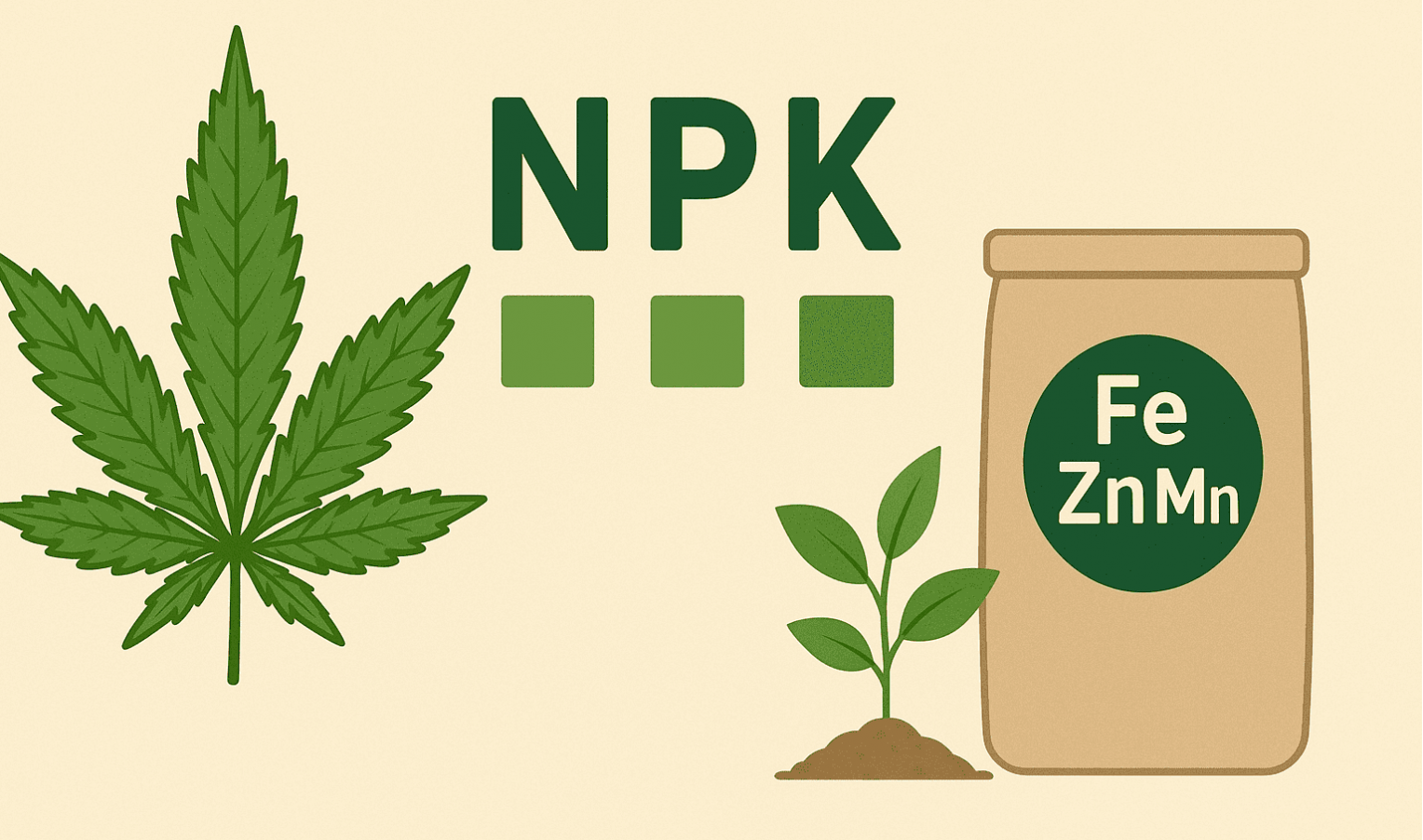


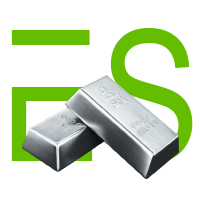
Write a comment